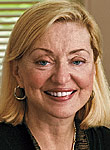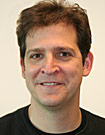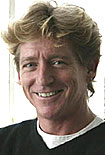Lawrence University has been named the recipient of 40 books through the Nippon Foundation’s “Read Japan” grant program, which donates books about contemporary Japan to libraries around the world.
The books are from the foundation’s catalog “100 Books for Understanding Contemporary Japan,” which cover five categories: history; politics and international relations; economy and business; society and culture; and literature and arts.
Although the “Read Japan” program typically awards grant recipients 100 books, Lawrence already owned 60 of the titles from the catalog.
Associate Professor Jane Yang, chair of the department of Chinese and Japanese and the East Asian Studies program, said she selected titles that best fit courses taught at Lawrence.
“We added political, cultural and literary texts since these would best complement what we teach,” said Yang. “Our courses in international relations, cultural anthropology and literature and film can best make use of these new books.”
Among the books Lawrence will add to its collection are “The U.S.-Japan Alliance: Past, Present and Future,” Japanamerica: How Japanese Pop Culture has Invaded the U.S.” and “Japanese Women Writers: Twentieth Century Short Fiction.”
Based in Tokyo, the Nippon Foundation was established in 1962 as a non-profit philanthropic organization. While early efforts focused on the domestic development of the maritime and shipping fields, the foundation more recently has expanded its activities into education, social welfare and public health, both within Japan and in more than 100 nations abroad.


